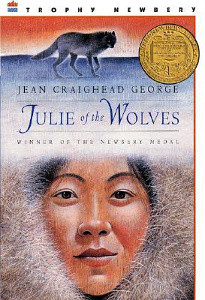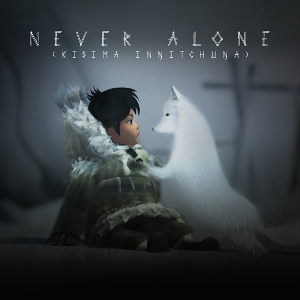 First Published: 8th February, 2016
First Published: 8th February, 2016
Genre: Speculative Fiction / Short Story Collection
Available: Amazon.com | Amazon UK | Smashwords
This is a mini-collection of four short stories. They’re generally dark stories, with some violence, though the focus is more on the atmosphere. The theme that really ties them together is helplessness. The protagonists can do very little about what’s happening around them. They can observe and they can speak, but they can’t change what’s happening.
The stories were reasonable, though I think they’d have worked better in a collection with a few longer pieces mixed in for contrast.
You Have Been Murdered
Told in second person, you’re a woman who has just been murdered. But as you’re still aware and able to move, you’re not going to let that stop you from holding a dinner party. I’d have liked to see the mystery angle of this one developed. It’s very likely the murderer was one of the dinner guests. It would have been interesting to know a little more about the guests, in order to make a guess about which one it might have been. As it is, the end wasn’t as strong as the beginning.
Teller of Tales
In a post-apocalyptic future, water is scarce. Susan is a child at the Annex, which grows its own food and is generally prosperous. Some strangers arrive seeking sanctuary, and Susan discovers the tales she’s been told are not all as they seem. This isn’t a story where a child can miraculously save the day. Which is realistic, if somewhat tragic.
Breach of Contract
A man represents an oil company, who’ve been renting land on a reservation. When the oil stops being delivered, he’s sent in to find out why. I liked some of the imagery in this, such as the giant reed. I wasn’t so hot on the Native American representation, as it consists of a man called Chokfi (who I’m assuming is Rabbit). That makes a change from yet another Coyote, but it doesn’t change that he was more mystical mouthpiece than character. Native Americans represent a mystical force bringing justice, rather than people, which doesn’t sit well with me.
The Trouble-Men
The world is ending, via many freak occurrences. One of these is the Trouble-Men, who visit a man trying to survive. I liked this one the best. It has a creepy atmosphere and the reveal of why the Trouble-Men are there is paced well for the story length.
[A copy of this book was received from the author for review purposes]


